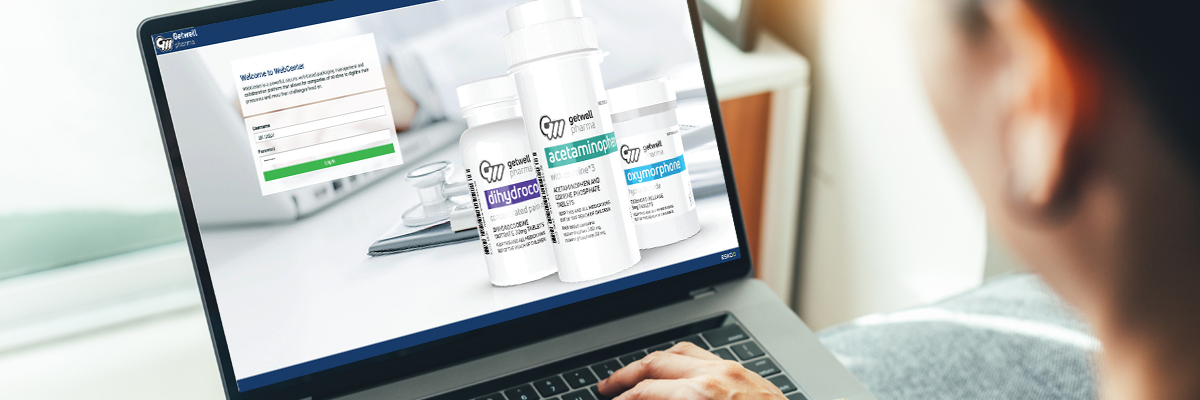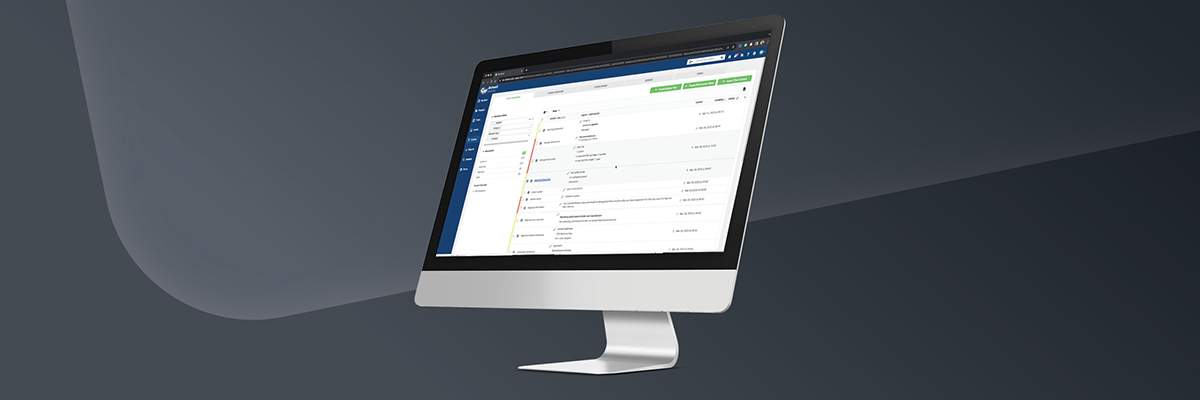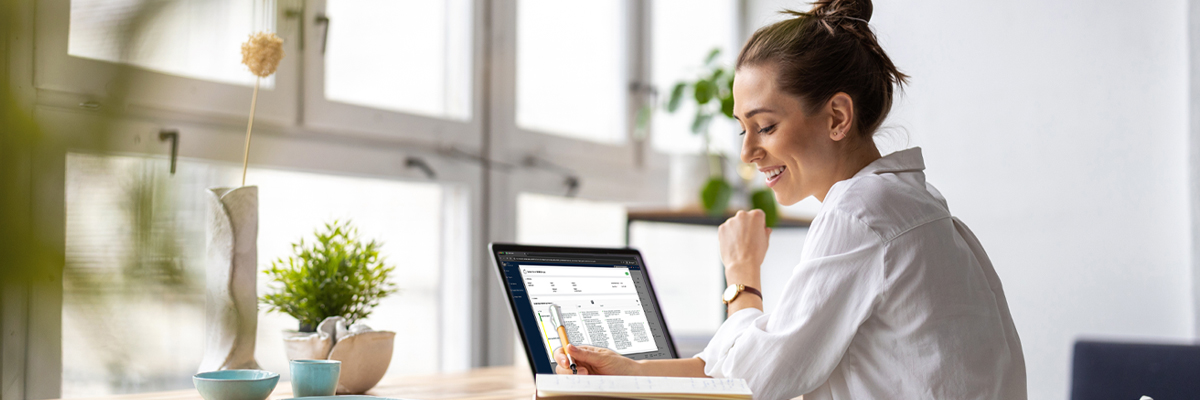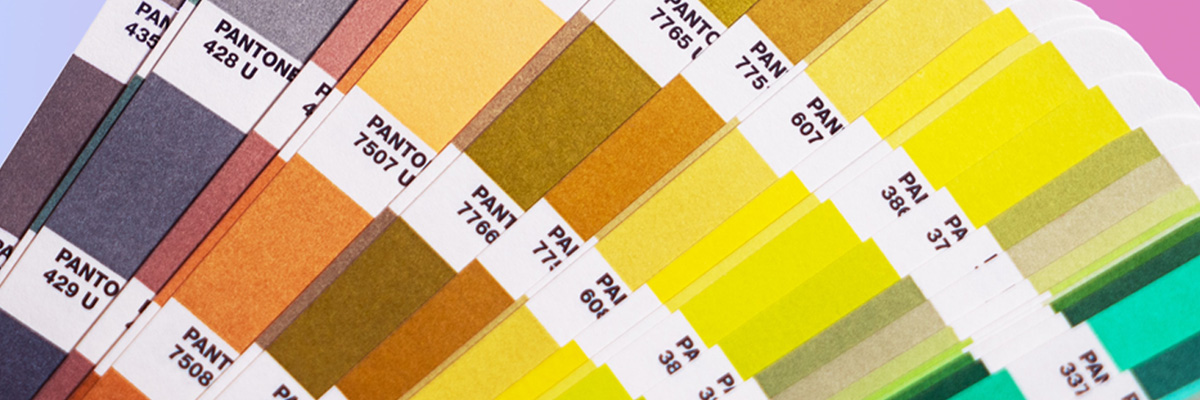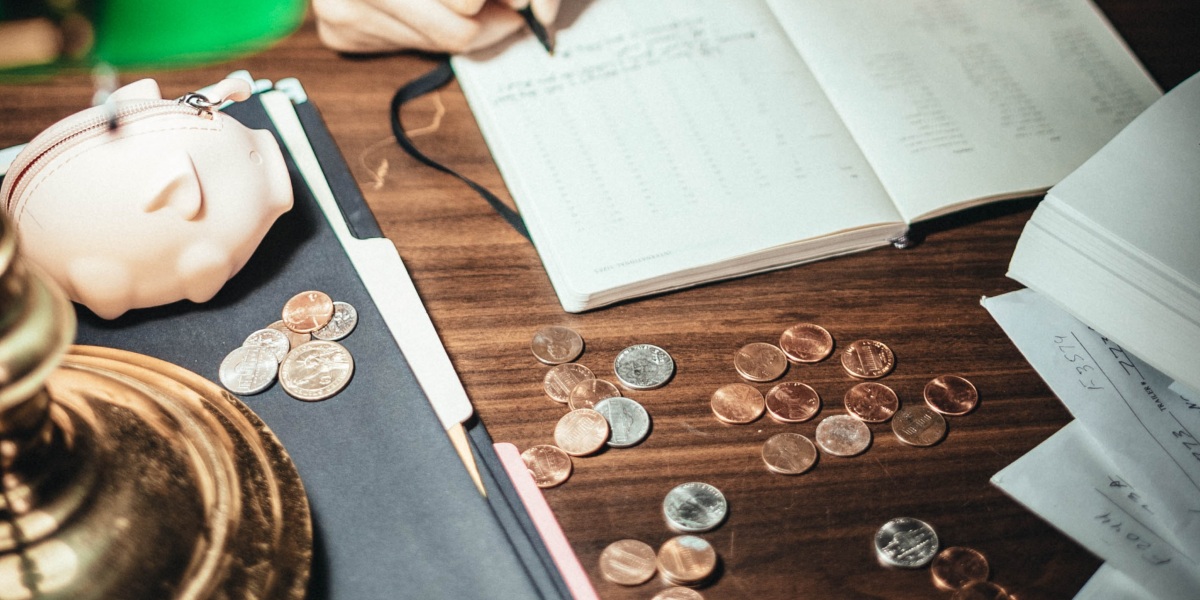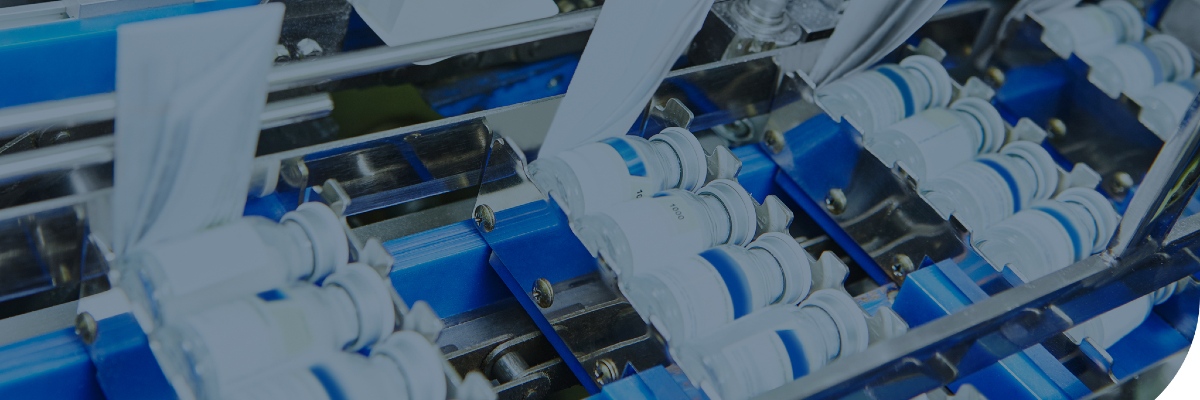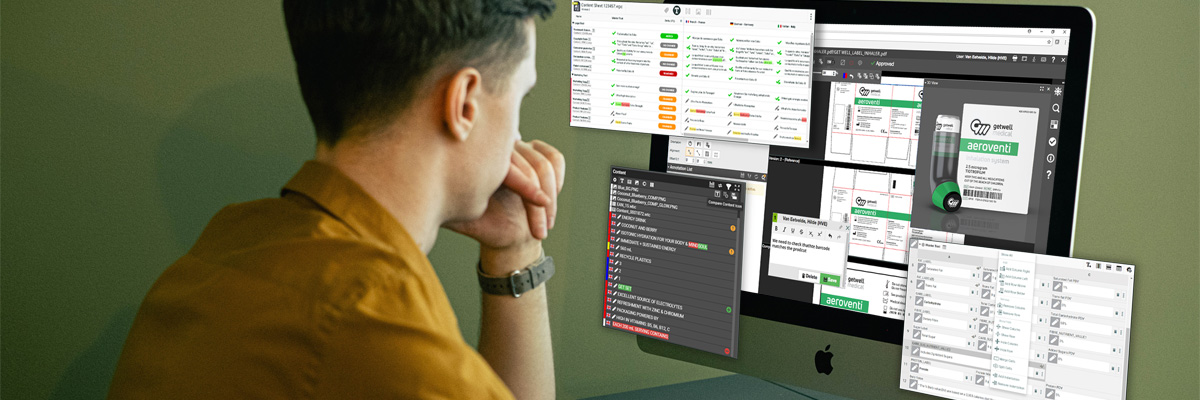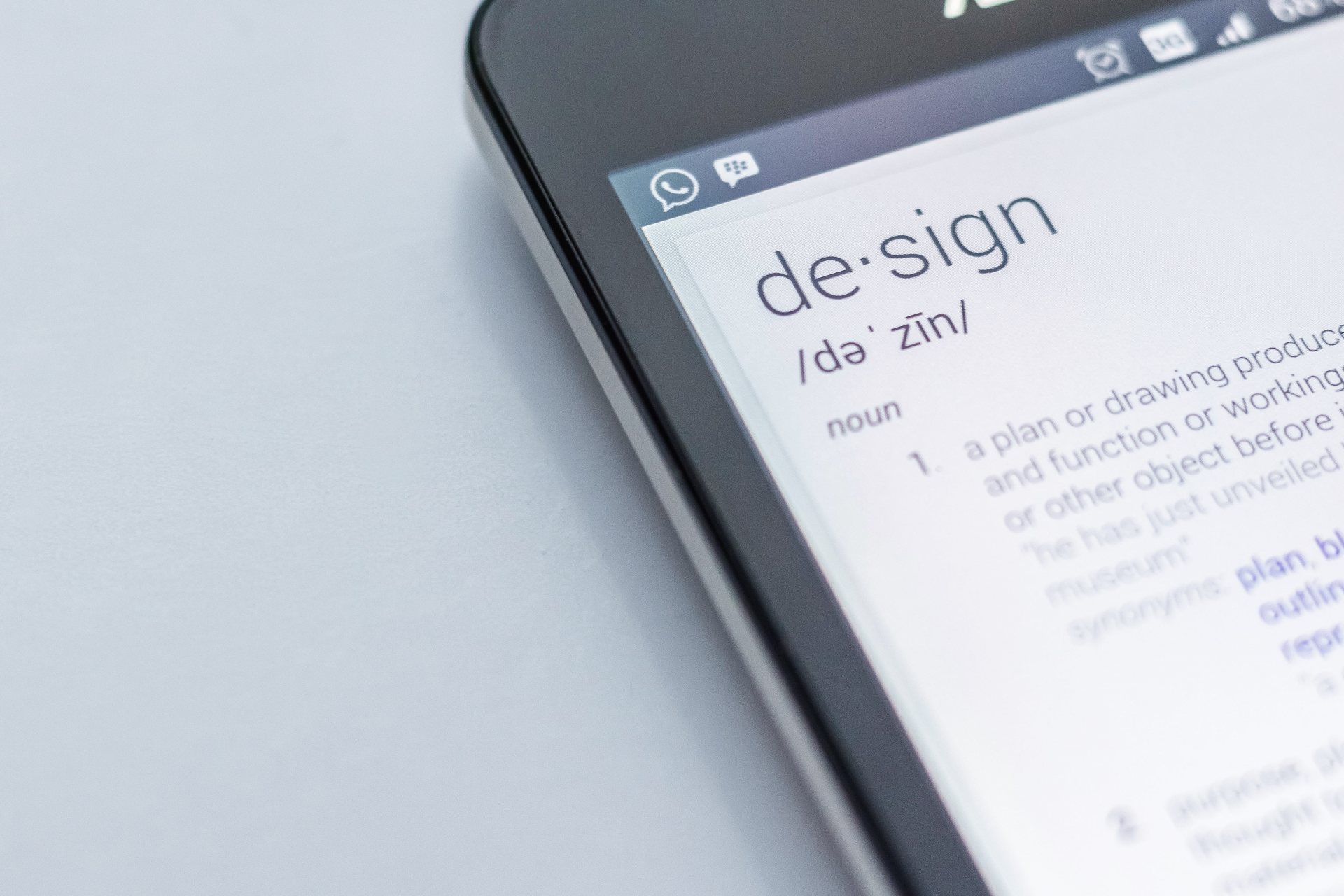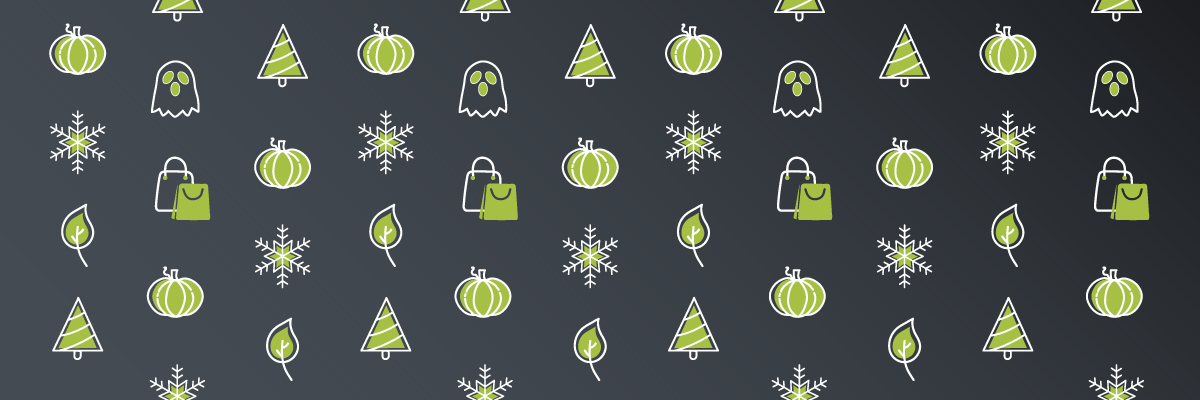2020 is finally here! As we enter the third decade of the 2000s, it’s important to not only look back on your success but also to look forward and start planning new packaging strategies that will propel you into the future.
The best way to define your strategy is to better understand the trends that are impacting both consumers and the overall packaging industry. After all, consumers are constantly changing and evolving in terms of what it is they like, and product packaging that impacted sales in 2010 may not work heading into 2020.
Let’s dive into what will be driving packaging design trends, and what technologies you should look to incorporate in 2020 and beyond.
1. The Future of 3D Packaging
If you’re not aware of 3D Packaging design software, then it’s time to change that. Essentially, 3D package design software allows you to see what your product packaging will look like in real-life on your computer screen.
Now sure, similar technology has been around for a while, but its’ capabilities are increasing, and packaging has become even more life-like.
Here is an image from Esko Studio, an Adobe Plug-In that creates realistic and accurate 3D images of your package designs.
Why 3D design? Prior to digital technologies, many companies relied on physical 2D prototypes. Once the physical prototype was created, it was shared with executives for approvals. The entire process was time-consuming; using digital 3D packaging design software, you can view packages in 3D on a computer and send files to executives for quick and easy approvals. This furthers the success of your overall business, as you can drastically cut costs associated with physical prototypes.
When you can design and iterate faster, it equates to faster time-to-shelf and decreased costs surrounding your prototyping process.
2. Sustainable Packaging and Post-Consumer Resins (PCRs)
Sustainable packaging picked up steam in the 2010s, and as more and more companies prioritize finding innovative ways to create eco-friendly packaging, there is no doubt we will continue to see it grow after even 2020. In fact, many companies are shifting their corporate culture overall to be more sustainable.
One of the newer sustainable packaging design methods involves post-consumer resins, or PCRs.
PCRs come from consumer product packages (such as water bottles) that have been recycled after use. Just how popular are PCRs becoming? Well, PepsiCo’s brand Naked Juice uses bottles that are 100% PCR.
As bigger brands continue to popularize the use of PCRs, look for more and more brands to start using this recycled material.
3. E-Commerce and Subscription Box Packaging
Just about everything is now made available to purchase through an online/delivery platform.
Need groceries? Walmart will deliver it right to your doorstep! Looking for an updated wardrobe of undergarments? MeUndies has that online market on lock with their subscription delivery service. Run out of coffee? Driftaway Coffee has you covered, sending you personalized coffee beans each month.
However, the problem for companies is that e-commerce packaging must be very durable to survive its journey and some of the rough transit it may encounter on its way to your doorstep. But, the packaging should also elicit a proper representation of the brand itself and should incite joy and excitement while being unwrapped.
For example, many companies that thrive with e-commerce packaging are lucky enough to end up on a popular “Unboxing” video, which can be seen via Instagram influencers and is even considered a YouTube genre.
Google has even used these types of videos —which celebrates the unique packaging brands use for their e-commerce products as well as the products themselves — as a marketing tactic. They created elaborate packaging for the sole purpose of an unboxing video.
Companies can benefit greatly from appearing on these unboxing videos because it offers free brand awareness and may encourage others to try the product. All the more reason to think about product packaging as a key driver for influence and purchase.
4. Intelligent Packaging
When you hear someone say, “intelligent packaging,” it can mean a lot of different things.
For example, there is intelligent packaging that contains technology, such as NFC chips or printed QR codes that can be scanned by smartphones to give more information about that product — such as ingredients. From this perspective, intelligent packaging is a great way to provide what may be considered a micro-service to your customers by making it easier for them to gain a better understanding of what your product is.
There is also technology-enabled packaging that may contain features that are purely fun as opposed to utilitarian. For example, during the FIFA 2019 World Cup, Budweiser provided beer cups with embedded LED lights that were triggered by noise. The louder you cheered, the more the lights would glow. When it comes to what you enable your intelligent packaging to do for your customers, you are only limited by your imagination.
Within an organization, intelligent packaging and the use of radio frequency identification (RDI) chips can also provide valuable insight into your products as they move throughout their journey from the manufacturing site to the store, and eventually to the point of purchase. With this information, your company can see just how long your products are sitting on shelves before being bought, as well as how efficiently your operations are moving.
5. Transparent Product Labels and Ingredients
Clearer ingredient labels don’t mean that we see more information on the product itself, but instead, this type of transparency is now carrying over into the way that brands position their products altogether.
For example, RxBar changed their packaging recently to target this trend — which you can read more about here, along with some other ingenious packaging design strategies.
RxBar got minimal with their packaging design and capitalized on the need for transparency — which consumers want more of — and healthier, cleaner ingredient options. As a result, the company went from $2 million in sales during 2014 to $160 million in 2017 (just a couple years after the rebrand).
By proudly and clearly displaying that they are a health bar option, RxBar has won over new fans and created trust with their consumers.
6.Minimal Designs
Okay, so we spoiled the last trend a little bit by mentioning RxBar’s simplistic design earlier, but there are tons of other brands that have embraced this growing packaging (and even lifestyle) trend — especially abroad.
Take a look at this list of clean, modern packaging designs, boasting companies from Spain, Denmark, Sweden, the UK, Finland, and more. And, while that list is predominately made up of brand packaging from outside of the U.S., there are plenty of examples from brands here in the U.S. as well.
For example, Harry’s packaging is extremely simple and modern, which may have contributed to the brand being valued at $1.37 billion just seven years after its initial launch in 2012.
So, why the sudden increase in popularity surrounding minimalistic design? Is it the fact that simple yet sleek packaging catches consumers’ eyes more? Or does minimalism equate to quality in the minds of some customers?
It could be a combination of both of those, but one thing is certain: Whether a minimalism design is right for your brand is dependent on your target market and product offering.
While minimalist package designs may look great, they can be limiting when it comes to getting your message out clearly. In a Work Design Group Article detailing the rise of minimalism in packaging, Matt Ramirez — a senior designer with Adhere Creative — sums up these challenges well:
“Minimalism is the style of the day. Companies can still bend it to fit our needs whether we use color, typography, or simple flat graphics instead of images to stand out. Having a roadblock forces us to think up creative ways around it. Having to stand out from the pack with less and less to work with is just another roadblock designers have to think around in a creative way.”
So, while going minimal may be challenging, if you can pull it off, you may be rewarded greatly.
For example, Schroeder, a milk brand, saw a 15% increase in distribution and a 22% increase in sales after launching their new, simple, and clean packaging.
As we head into 2020, make sure to pay close attention for these trends to continue to gain more and more traction. What are some trends that you’re seeing in the industry? Post them in the comments below!
